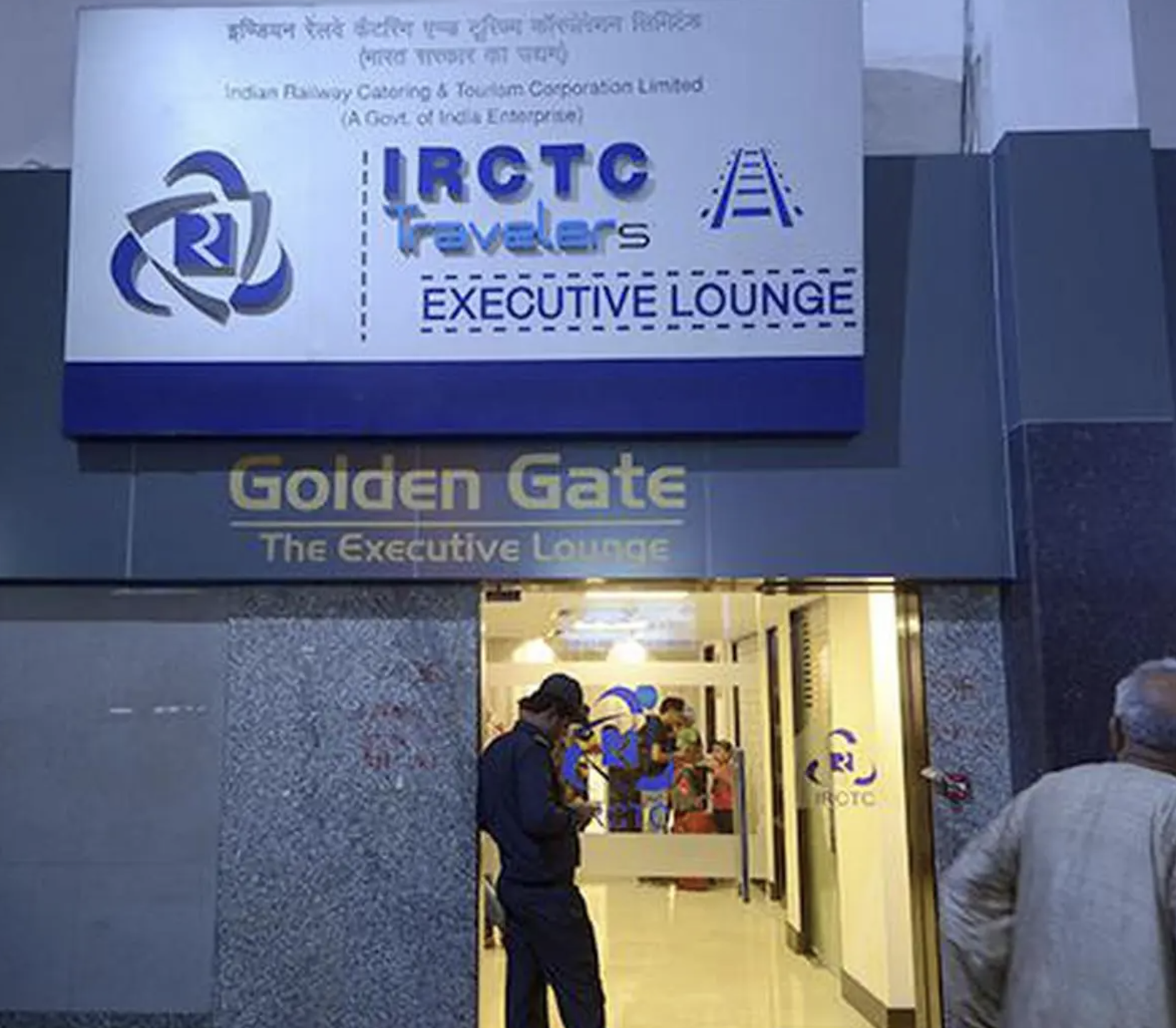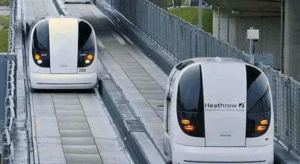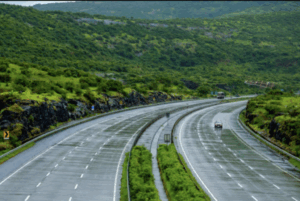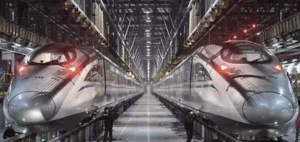Indian Railways is making significant advancements in high-speed rail technology. While the country is working on trains capable of reaching 280 kmph, the Mumbai-Ahmedabad bullet train project is being developed with a top speed of 320 kmph.

Despite these advancements, official records categorize high-speed trains differently. According to the Railway Board’s latest classification, only trains exceeding 130 kmph are now officially considered ‘High Speed.’
Updated Definition of High-Speed Trains
Railways’ definition of high-speed trains has evolved over the years:
- Before July 3, 1989: Trains above 110 kmph were treated as high-speed for driver medical fitness.
- After July 3, 1989: The threshold was modified to trains exceeding 110 kmph.
- November 24, 2020: The definition was updated again, stating only trains exceeding 130 kmph would be categorized as high-speed.
A recent clarification by the Railway Board on February 19, 2025, reaffirmed this classification, emphasizing that the earlier 1989 norms are now invalid. The 1993 medical fitness norms, alongside the Indian Railway Medical Manual of 2000, will now apply for loco pilots of high-speed trains.
Current Speed Restrictions and Future Plans
At present, the maximum operational speed of Indian trains is 130 kmph, including the Vande Bharat Express. On June 24, 2024, the Railway Board reduced the speed of 160 kmph trains to 130 kmph, affecting higher-speed operations.
While the bullet train corridor will bring ultra-high-speed travel, the reclassification of high-speed trains impacts operational standards, medical norms for loco pilots, and future upgrades in India’s railway infrastructure.
4o












